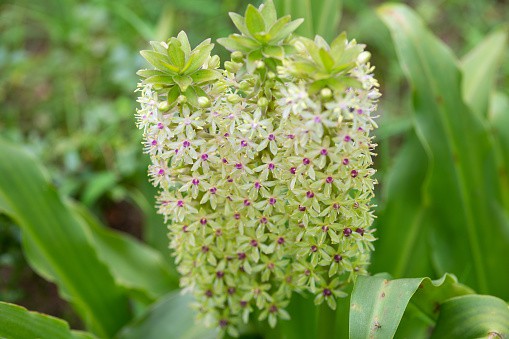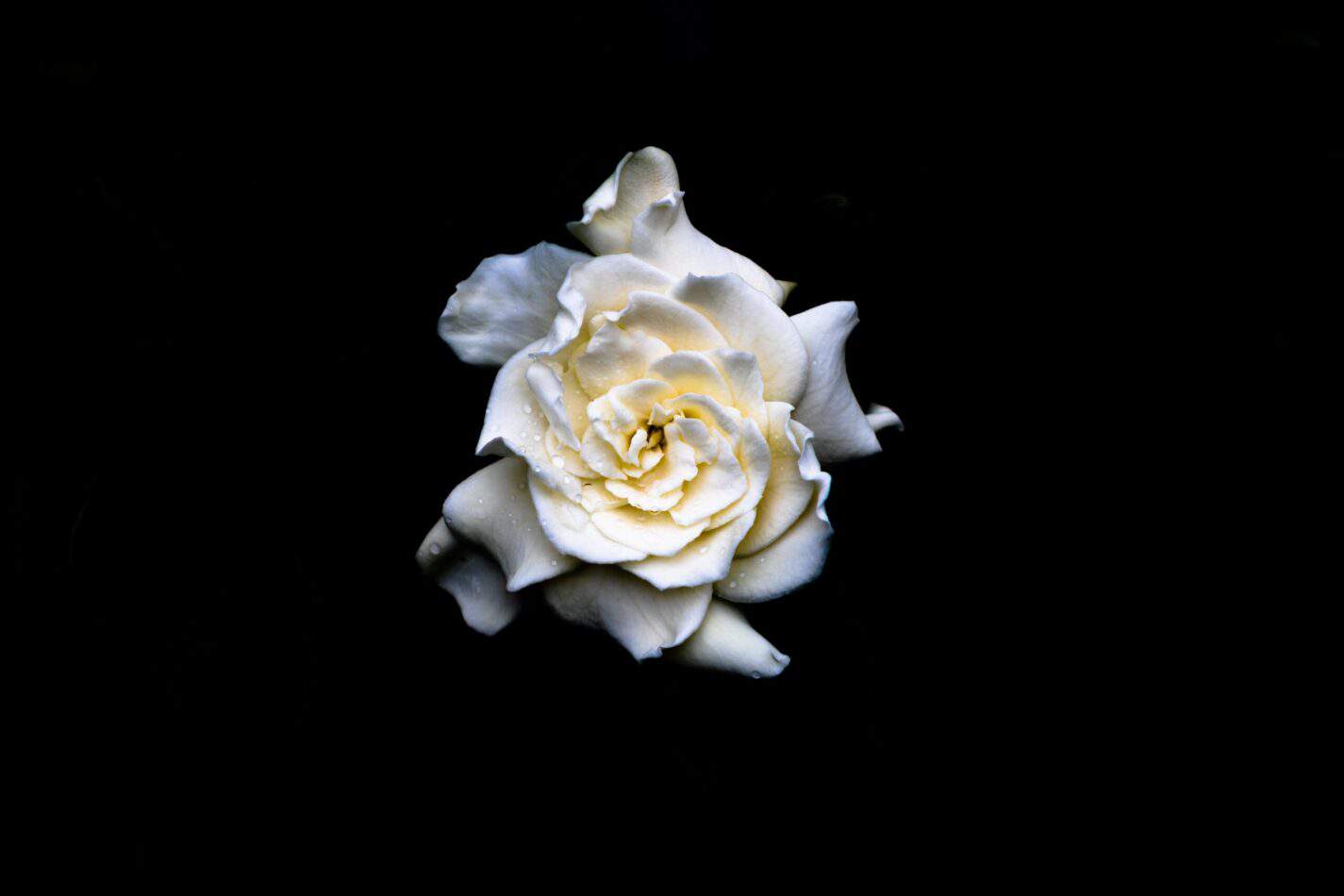Pineapple Lily, also known as the Giant Pineapple Lily, is a bulbous perennial with an unusual appearance. It is native to South Africa and resembles a pineapple, hence its common name. It produces white to green flowers arranged on a raceme, appearing in summer. Pineapple Lilies are topped by a head of up to 30 bracts, giving it its pineapple resemblance.
Etymologically, the word “Eucomis” is a combination of two Greek words “eu” and “kome” which means “good hair” as the plant has silky shiny leaves. The scientific name of the plant, “Pallidiflora”, comes from the Latin words “pallidus” and “flos” meaning “pale” and “flower” respectively. This statement can be used to describe the pale pinkish-white appearance of the flowers of the Pineapple Lily.
How to Plant
The Pineapple Lily is easy to grow and requires minimal care. It is suitable for both indoor and outdoor potting, however it is recommended to choose a location with adequate sunlight. The ideal temperature range for this plant is between 65°F and 75°F during its growth season, and 55°F and 65°F when the plant is dormant.
Soil moisture is essential for the growth and development of Pineapple Lily. The soil should be kept moist but should not be allowed to be waterlogged. A well-draining, organic, sandy soil with a range of 6.5 to 7.5 is best.
A balanced fertilizer should be applied every month during its growing season.
Meaning and Symbolism
The Pineapple Lily is a symbol of energy, resilience, and creativity and can be used to encourage growth and success. The shape and color of the flowers represent the beauty of nature, and the petals of the flowers are said to stand for beauty, love, peace, and hope.
The Eucomis Pallidiflora is also associated with several religious and mythological stories across the world. In historical Egypt, Pineapple Lilies were used in Egyptian burial sites as a symbol of eternal life, while in Christianity, it was believed to represent sincerity and innocence. In some folk cultures, this flower is thought to have miraculous healing powers as well as the ability to grant wishes.
Flower varieties and their defining characteristics
The Eucomis Pallidiflora has many varieties, each having its own unique characteristics. The varieties include:
- Eucomis autuminalis – This variety has white, star-shaped flowers arranged in a raceme and blooms in autumn.
- Eucomis bicolor – This variety is purple and white in color and blooms in late summer.
- Eucomis comosa – This variety has white, single beauty star-shaped flowers and blooms in summer.
- Eucomis pallidiflora – This variety has pale pinkish-white flowers, with a tendency to change color over time, and it blooms in summer.
- Eucomis regia – This variety has yellow and green flowers, arranged in an attractive star shape, and it blooms in late summer.
How to pot and repot
Pineapple Lilies usually come in a container with fresh soil and a lot of roots. Choose a pot that is at least twice as large as the current pot. The best containers for Pineapple Lily are those made of clay because they can help to regulate the moisture content in the soil. Put soil at the bottom of the pot, making sure to leave enough room for the roots. Put the Pineapple Lily’s roots in the soil, and make sure they are spread out in the pot. Once the roots are spread out, start filling the pot with soil until the leaves of the plant reach the surface. Spread mulch around the pot so that it can help to retain moisture. Water your Pineapple Lily thoroughly.
How to prune
Pineapple Lilies do not require much pruning; however, occasionally pruning the stems may be necessary. It is best to prune after the blooming season ends and before new growth appears. To prune the plant, simply cut off any dead, wilted, or damaged flower heads with a pair of sharp shears. After pruning, fertilize the plant and add a layer of mulch around the base. Doing this helps to retain water and keep the roots cool, which is important for healthy growth.
How to propagate
Propagating Pineapple Lily is a fairly simple process. To propagate, simply divide the bulb into two to three equal parts using a sharp knife. Each section should have two or three buds on the surface. Once you have the sections, plant each one in a new container. Place the container in a sunny area and water it regularly. Once the plants have established they should be ready to start flowering.
Common pests and diseases
The Pineapple Lily is susceptible to pests like aphids, caterpillars, mites and whiteflies. Regular inspection and good hygiene practices can help to prevent these pests from attacking the plants. To remove them, use a solution of warm soapy water and a soft cloth.
Pineapple Lilies are also susceptible to a number of plant diseases like fungal and bacterial leaf spot, root rot, rust, and wilt. To prevent these diseases in your Pineapple Lily, it is important to keep a close eye on the plants and ensure that the soil is well-draining and rich in organic matter. Regularly remove any dead or diseased leaves from the plant to help prevent the spread of disease.
Three FAQs
Q. What is the best soil for the Pineapple Lily?
A. The soil should be well-draining, organic, sandy soil with a range of 6.5 to 7.5.
Q. Does the Pineapple Lily need to be fertilized?
A. Yes, it is recommended to fertilize the Pineapple Lily every month during its growing season.
Q. How often should I water the Pineapple Lily?
A. The soil should be kept moist but should not be allowed to be waterlogged. It is best to water the plant when the top inch of soil is dry.
Table Fact Sheet
| Plant Name | Pineapple Lily (Eucomis Pallidiflora) |
|---|---|
| Family | Asparagaceae |
| Plant Type | Perennial |
| Mature Size | 12 to 36 in (30 to 91 cm) |
| Sun Exposure | Full sun to partial shade |
| Soil Type | Well-draining, Sandy |
| Soil pH | 6.5 and 7.5 |
| Bloom Time | Summer |
| Flower Color | White to green |
| Hardiness Zones | 7-11 |
| Native Area | South Africa |
What we love from Amazon this week
Buy these wonderful flowers directly from Amazon:












